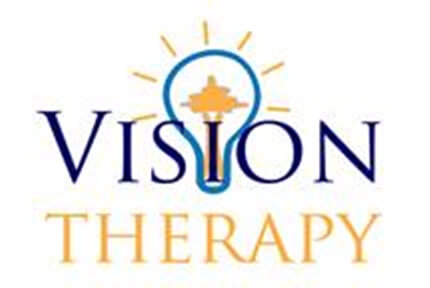 About 2 in 3 stroke survivors live with some degree of visual dysfunction following the stroke. Although all brains are different and everybody reacts differently, 4 major categories of vision loss can be caused by a stroke.
About 2 in 3 stroke survivors live with some degree of visual dysfunction following the stroke. Although all brains are different and everybody reacts differently, 4 major categories of vision loss can be caused by a stroke.
A stroke can damage any segment of the neural pathway that connects the eyes to the brain or a section of the brain that processes the images the eyes send it. Damage to either area can lead to vision loss.
Stroke-related vision problems can make daily living a challenge, but there is hope for stroke survivors who suffer from visual symptoms.
In honor of World Stroke Awareness Month, we’ll explore 4 types of stroke-related visual problems, and how Vision Therapy Institute of Calgary can help.
1. Visual Field Loss
A stroke can damage certain areas of the brain responsible for either central or peripheral vision, causing a portion of the visual field to be lost, causing vision to be ‘blacked-out’ or have ‘blind spots.’
In most cases, the same area of the visual field is lost in both eyes. This condition is called homonymous visual field loss, meaning a person may not be able to see the right or left side of their visual field from each eye.
Affected individuals may have difficulty with reading and may bump into things located in their blind spots.
2. Visual Processing Difficulties
Sometimes, a person may be able to see everything in their visual field but will have problems processing that visual information. For example, they may have the ability to see another person’s face, but might not recognize it. They may also have difficulty identifying or interacting with common objects, affecting daily tasks such as making a cup of coffee.
Visual neglect is the most common type of visual processing problem. People with this condition aren’t aware that they aren’t seeing people or objects on the right or left side of their visual field.
3. Eye Movement Problems
A stroke can damage the delicate nerves that control the eyes’ movements. A person who cannot control their eye nerves may have difficulty moving their eyes in order to shift their focus from one object to the next or have trouble tracking moving objects.
Nystagmus (involuntary and rapid eye movements) is also a possible complication of ocular nerve damage.
If only one eye is affected, the patient will usually experience double or blurred vision. Whether one or both eyes are affected, poor depth perception can result from eye movement dysfunction.
4. Dry Eye Syndrome
Stroke-related muscle weakness is common, especially in the eyes and face. If this occurs, the eyelids may not be able to fully close during blinking or while asleep. This can lead to dry eye syndrome, causing symptoms like red, itchy, watery, burning eyes and light sensitivity.
Fortunately, many of these post-stroke visual symptoms are treatable with neuro-optometric rehabilitation therapy.
A customized neuro-optometric rehabilitation therapy program can help you return to your normal routine, or at least make daily life less challenging.
If you or a loved one have suffered a stroke, speak with Dr. Debbie Luk about getting your vision evaluated to identify deficiencies in the visual system. If a problem is found, we’ll help guide you through all of your treatment options for the best possible outcome.
To schedule your appointment or to learn more about what we offer, call Vision Therapy Institute of Calgary today.
serves patients from Calgary, Bridgeland , Macleod Trail, Panorama Hills, and throughout .
Q: #1: What is neuro-optometric rehabilitation therapy?
- A: Neuro-optometric rehabilitation therapy is a tailor-made program of visual exercises that train the eyes and brain to work together. Treatment can also include specialized lenses, prisms, and filters.
Q: #2: What other conditions can neuro-optometric rehabilitation treat?
- A: Neuro-optometry can help patients with visual problems due to traumatic brain injury, stroke, physical disabilities and neurological conditions. A neuro-optometrist can help treat binocular vision disorders (BVD), strabismus, diplopia, oculomotor dysfunction, accommodation and convergence problems, and traumatic visual acuity loss.

